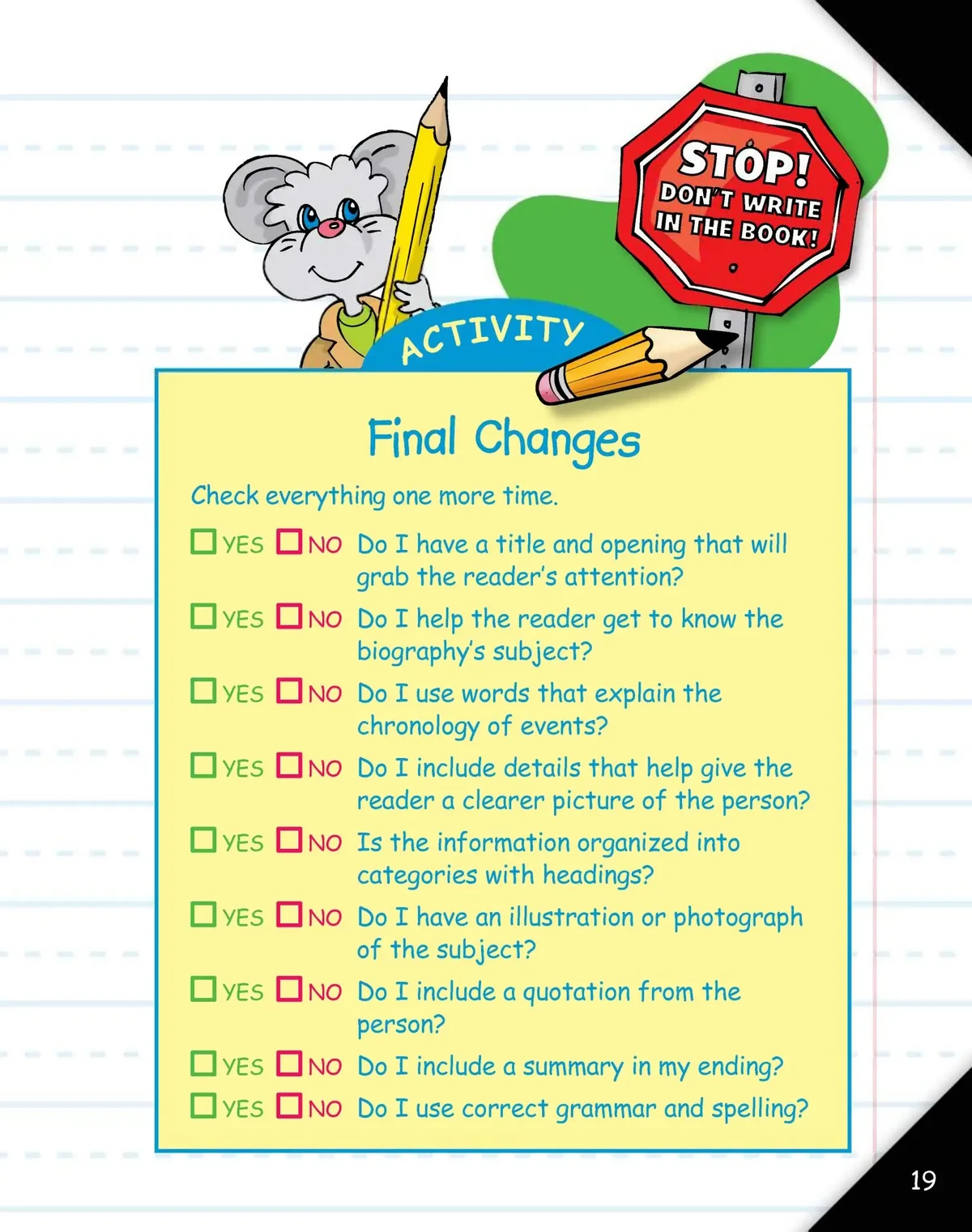====================================================
Backtesting is one of the most powerful techniques in quantitative trading and algorithmic finance. However, many traders and analysts make the mistake of focusing only on raw profits while ignoring deeper metrics. To truly understand how to analyze backtesting results, one must evaluate performance consistency, risk-adjusted returns, and robustness across market conditions.
This comprehensive guide will walk you through the step-by-step process of analyzing backtesting results, compare different evaluation methods, highlight best practices, and answer the most common questions traders face.
Why Analyzing Backtesting Results Matters
Backtesting allows traders to simulate how a trading strategy would have performed using historical data. But the value lies not only in running the backtest, but in interpreting the results correctly. Poor analysis may lead to overfitted strategies that perform well on paper but collapse in live trading.
A proper analysis answers critical questions:
- Is the strategy profitable across multiple market regimes?
- Does it provide risk-adjusted returns or only raw profits?
- How stable are the results when parameters are slightly changed?
- Can it survive transaction costs, slippage, and real-world market friction?
Understanding these dimensions is crucial for anyone looking to implement a strategy in real markets.

Key Metrics for Backtesting Results Analysis
1. Profitability Metrics
- Net Profit / Loss: The total gain or loss over the backtest period.
- CAGR (Compound Annual Growth Rate): Shows annualized performance, smoothing out fluctuations.
2. Risk-Adjusted Performance
- Sharpe Ratio: Measures excess return per unit of risk. A higher Sharpe ratio suggests consistent performance.
- Sortino Ratio: Focuses only on downside risk, which is often more realistic in trading.
- Calmar Ratio: Compares CAGR with maximum drawdown, showing how efficiently risk is managed.
3. Drawdowns and Volatility
- Maximum Drawdown: The largest peak-to-trough decline. Essential for risk tolerance.
- Volatility of Returns: Indicates the stability of profits.
4. Trade-Level Statistics
- Win Rate: Percentage of profitable trades.
- Profit Factor: Ratio of gross profit to gross loss.
- Average Win vs. Average Loss: Determines if winners outweigh losers.
Step-by-Step Framework: How to Analyze Backtesting Results
Step 1: Look Beyond Profits
Many beginners focus only on profits. Instead, prioritize risk-adjusted returns. A strategy with lower returns but stable drawdowns is often superior to a volatile, high-return system.
Step 2: Compare Multiple Periods
Analyze results across different market regimes—bull markets, bear markets, and sideways conditions. Robust strategies should adapt rather than collapse.
Step 3: Stress Test the Strategy
Adjust parameters slightly and see if performance changes dramatically. If small tweaks cause major swings, the strategy is likely overfitted.
Step 4: Include Costs and Slippage
Always simulate realistic transaction costs, spreads, and execution delays. A strategy that looks profitable before costs may be unprofitable in reality.
Step 5: Evaluate Distribution of Returns
Look at the distribution curve of trade results. A healthy strategy has a fat right tail (big winners) without extreme negative outliers.
Comparing Two Approaches to Backtesting Analysis
1. Statistical Metrics Approach
This method relies on Sharpe ratio, Sortino ratio, profit factor, and maximum drawdown.
- Pros: Clear, standardized, easy to compare across strategies.
- Cons: May miss subtle structural weaknesses, ignores market context.
2. Scenario & Robustness Testing
This approach applies stress tests, walk-forward analysis, and out-of-sample validation.
- Pros: More realistic, captures adaptability, prevents overfitting.
- Cons: Requires more computation, more complex to interpret.
Best Practice: Use both methods together. Statistical metrics give a baseline, while robustness testing ensures long-term survivability.
How to Backtest a Trading Strategy Effectively
Before analyzing results, you need a reliable backtest. If you’re wondering how to backtest a trading strategy, focus on three pillars:
- Data Quality: Ensure clean, bias-free, survivorship-adjusted data.
- Execution Modeling: Include costs, spreads, and realistic order fills.
- Walk-Forward Testing: Split data into training and testing sets to avoid overfitting.
By combining strong backtesting practices with careful result analysis, you reduce the risk of false positives.

Advanced Techniques for Backtesting Results Analysis
Walk-Forward Analysis
Splits data into rolling training and testing windows. Ensures strategies adapt to new conditions.
Monte Carlo Simulations
Randomly reshuffles trades to test the robustness of results. If performance collapses under Monte Carlo, the strategy may be curve-fitted.
Sensitivity Analysis
Examines how performance changes when strategy parameters vary slightly. A robust system should remain stable.
Analyzing backtesting results requires evaluating profitability, drawdowns, and robustness.
Common Mistakes in Backtesting Analysis
- Ignoring Overfitting: A strategy that performs perfectly on historical data may fail live.
- Not Accounting for Costs: Commissions and slippage can erode paper profits.
- Cherry-Picking Timeframes: Only analyzing profitable periods leads to misleading conclusions.
- Focusing on Win Rate Alone: A high win rate strategy may still fail if losses are much larger than wins.
Personal Insights from Practical Experience
From my own work with trading systems, I’ve seen strategies with 90% win rates fail in live trading because of poor risk management. On the other hand, one strategy with only 45% win rate but excellent profit factor and controlled drawdowns became consistently profitable across different markets.
This highlights why understanding how to analyze backtesting results is more important than the backtest itself. A good analysis can turn average strategies into robust performers.
How to Improve Backtesting Accuracy
If you want better insights, you must ensure the test itself is valid. Key improvements include:
- Using high-quality tick data rather than daily candles.
- Incorporating realistic latency and slippage models.
- Testing across multiple markets and timeframes.
- Applying walk-forward testing instead of static historical data.
By learning how to improve backtesting accuracy, traders reduce the gap between backtest and live results.

FAQs on Analyzing Backtesting Results
1. What is the most important metric in backtesting results?
There isn’t a single metric. For professional evaluation, a combination of Sharpe ratio, maximum drawdown, and profit factor is essential. Together, they reveal profitability, risk-adjusted returns, and risk exposure.
2. How do I know if my strategy is overfitted?
If small parameter changes drastically reduce performance, or if your strategy only works in specific periods, it’s likely overfitted. Use out-of-sample testing and Monte Carlo simulations to check robustness.
3. Should I prioritize win rate or profit factor?
Profit factor is more important than win rate. A strategy with a 40% win rate but a profit factor above 1.5 can outperform a 70% win rate system with poor risk management.
Conclusion: Turning Backtesting Results into Trading Success
Learning how to analyze backtesting results is essential for anyone in algorithmic trading or quantitative finance. Rather than chasing profits, traders must focus on risk-adjusted returns, drawdowns, and robustness testing.
By combining statistical metrics with stress-testing methods, you can separate fragile strategies from resilient ones. The result is not just a backtest that looks good on paper, but a trading system capable of surviving real markets.
If this guide gave you new insights, share it with fellow traders or comment below with your experiences analyzing backtests. The more we exchange knowledge, the better strategies we build.
Visual dashboards make it easier to analyze and compare backtesting results.
Would you like me to also create a ready-to-use backtesting results analysis checklist (as a downloadable template) so traders can apply this guide directly to their own strategies?

0 Comments
Leave a Comment